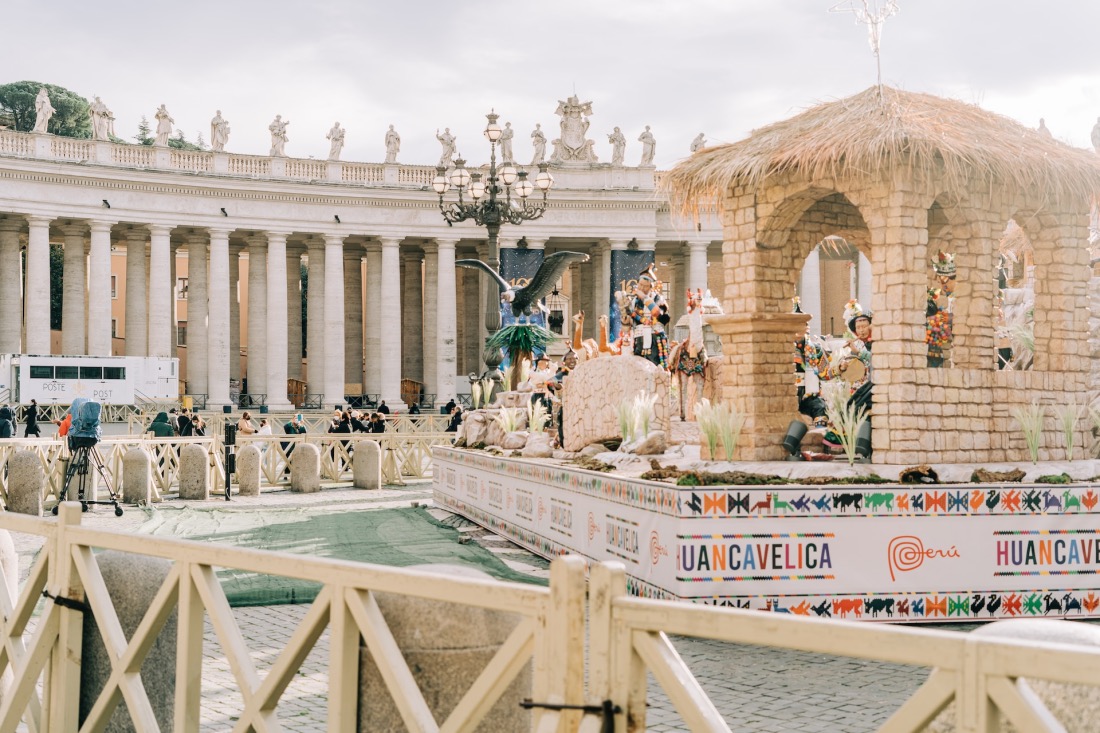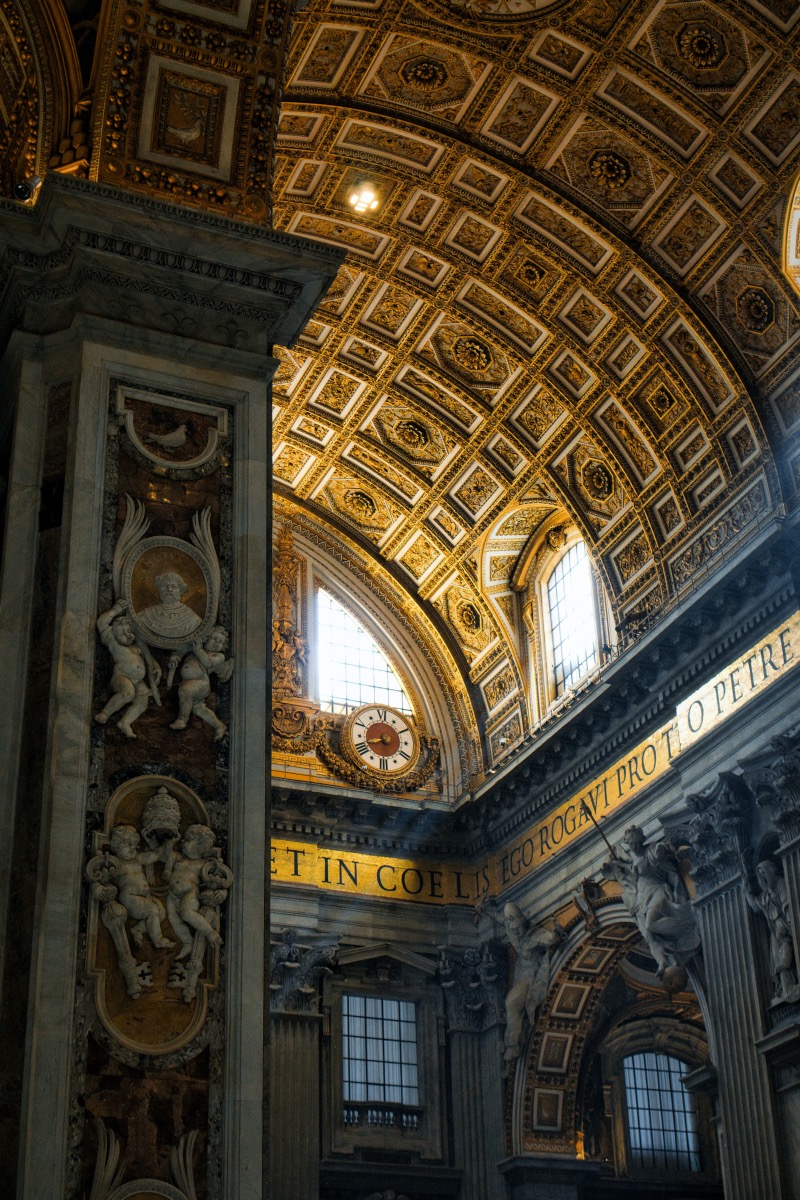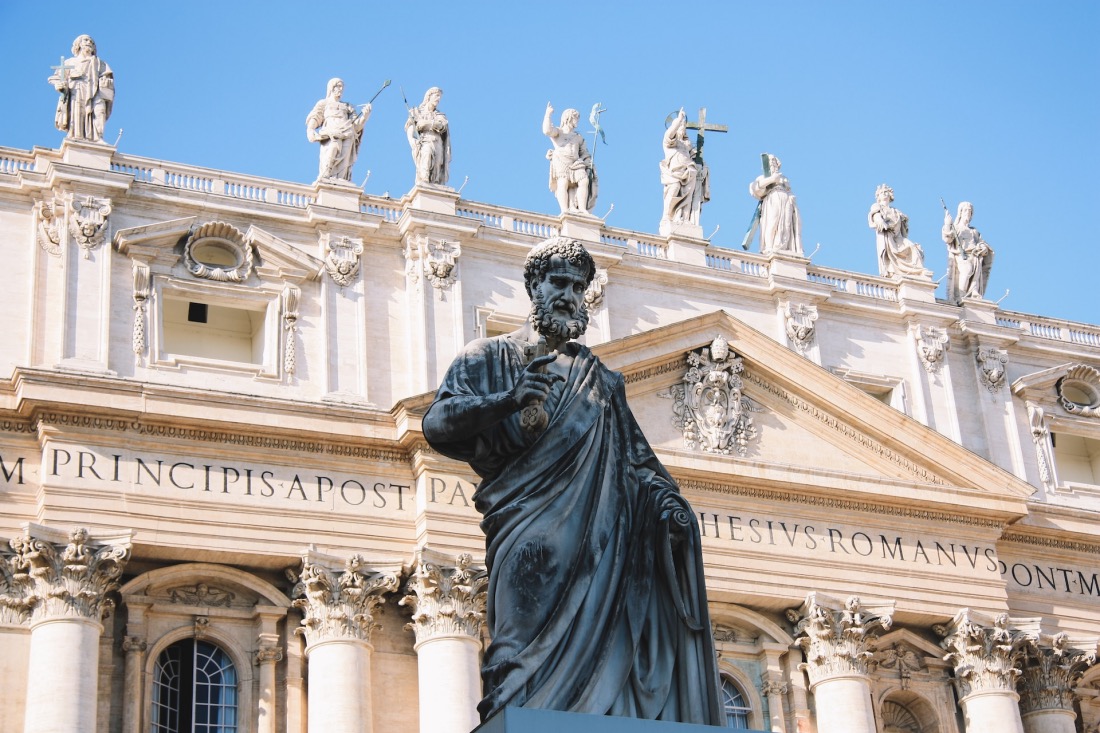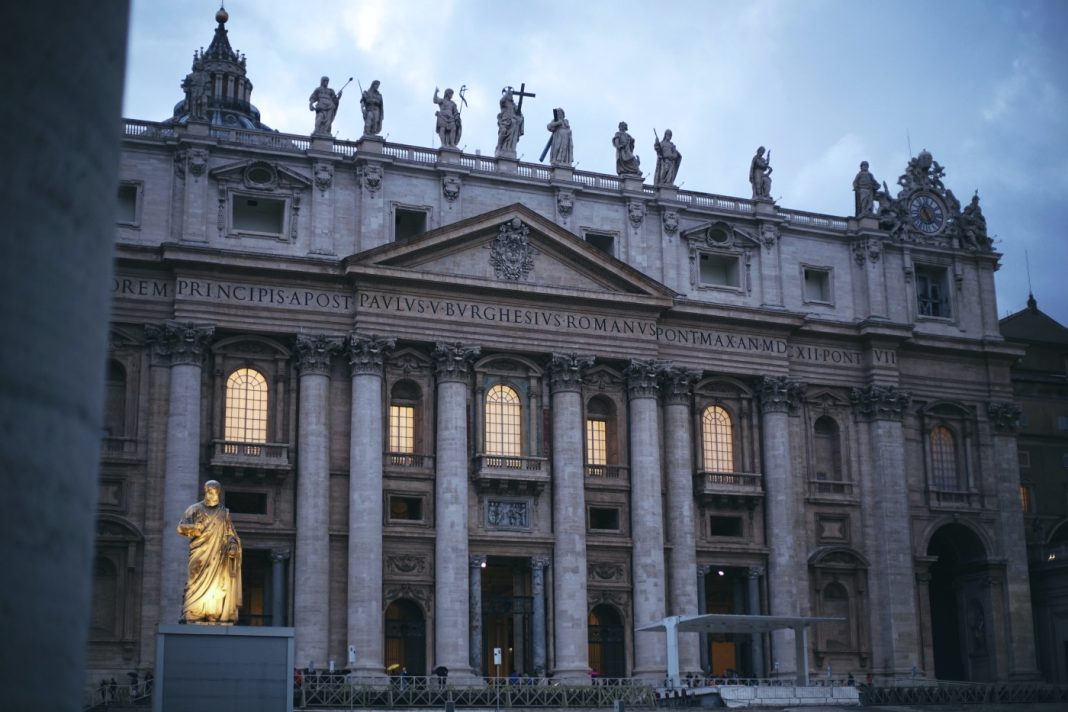St. Peter’s Basilica stands as a beacon of grandeur in Vatican City, Rome, Italy, its hallowed halls housing a blend of history, architecture, and divine artistic expression. This guide seeks to illuminate the profound depths of this revered space, particularly highlighting the renowned statues that populate its vast expanse. Book St. Peter’s Basilica tickets & tours and explore the world’s largest church located in Vatican City.

Centuries in the Making: The Basilica’s History
St. Peter’s Basilica, crafted atop the burial site of St. Peter, one of Jesus’ original apostles, intertwines centuries of history and artistry. The current edifice was commissioned by Pope Julius II in 1506, replacing the 4th-century basilica erected by Emperor Constantine. It took over a century to achieve its present form, a process that saw legendary artists like Michelangelo and Bernini imparting their creative genius.
Architectural Elegance: The Basilica’s Design
The Basilica’s architecture is a testament to human creativity and divine inspiration. Among the largest globally, its iconic dome was Michelangelo’s creation, completed by Giacomo della Porta and Domenico Fontana posthumously. The façade, a 17th-century masterpiece by Carlo Maderno, boasts colossal statues of Jesus, John the Baptist, and the apostles, while the interior is a tapestry of intricate mosaics, frescoes, and sculptures.

Exploring the Basilica: Noteworthy Features
St. Peter’s Basilica is a treasure trove of sacred and artistic riches:
- The Holy Door, a unique feature opened only during Holy Years, every 25 years.
- The Papal Altar, positioned above St. Peter’s tomb, is the setting for the Catholic Church’s most significant liturgical celebrations.
- The Chair of St. Peter, a grand bronze throne symbolic of the papacy, is believed to be the very chair used by St. Peter.
- The Necropolis, an ancient cemetery beneath the basilica, is the final resting place of many early Christian figures.
Visiting St. Peter’s Basilica necessitates patience due to long queues, particularly in peak tourist season. Modest attire covering shoulders and knees is compulsory.

The Silent Storytellers: Statues of St. Peter’s Basilica
The Basilica’s statues are remarkable narrators of religious history and artistic evolution:
- The Pieta by Michelangelo: This world-renowned masterpiece portrays the Virgin Mary holding Jesus’ lifeless body. Located in the first chapel on the right, it symbolizes Michelangelo’s artistic prowess at the tender age of 24.
- The Baldachin by Bernini: Towering above the main altar, this bronze behemoth draws attention to the altar and St. Peter’s tomb beneath it. It’s one of the world’s largest bronze sculptures and a quintessential example of Baroque art.
- The Fourteen Holy Helpers: Located in the right transept, these statues represent saints revered as powerful intercessors. The artists of the 17th century immortalized each saint with an object symbolizing their martyrdom or patronage.
- The Statue of St. Peter: Positioned in the central nave, this 13th-century work by Arnolfo di Cambio depicts St. Peter holding the keys to heaven, a symbol of his papal authority.
-
The Statues of St. Longinus and St. Veronica: St. Longinus, the Roman soldier who pierced Jesus’ side during the crucifixion, and St. Veronica, who wiped Jesus’ face on his way to Calvary, are beautifully immortalized in the basilica’s transepts.
In Conclusion
In the heart of Vatican City, St. Peter’s Basilica stands as an enduring symbol of faith and artistic genius. Its breathtaking architecture houses a multitude of divine tales, told through the medium of stunning mosaics, frescoes, and, notably, the intricately crafted statues.
Each corner of the Basilica unfurls a piece of religious history, etched in stone and bronze by the hands of master artists, making it a compelling destination for anyone seeking to explore the nexus of faith, history, and art in the Eternal City of Rome.
This sanctuary’s beauty, historical significance, and spiritual resonance offer a unique journey into the depths of human creativity and the heights of divine inspiration. Whether a pilgrim or a patron of the arts, any visitor to St. Peter’s Basilica will leave with a profound sense of awe and a deeper understanding of the artistic and spiritual legacy of the Catholic Church.







